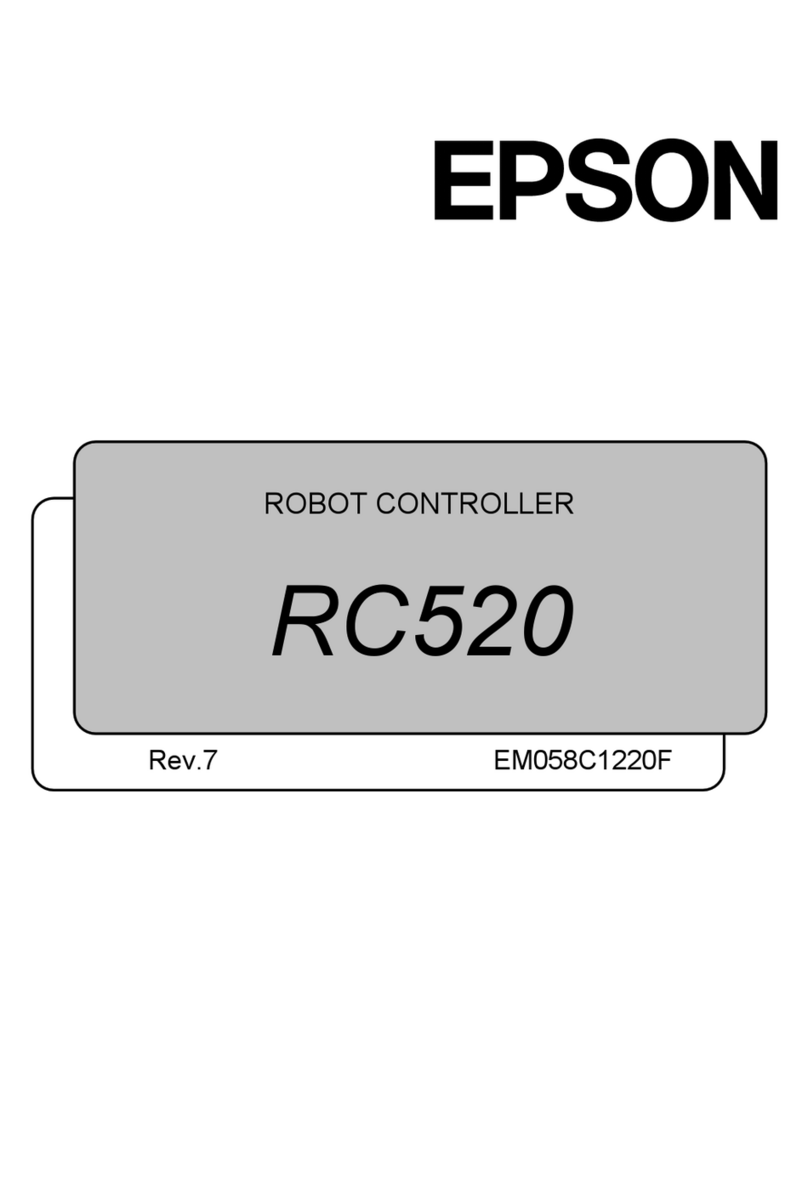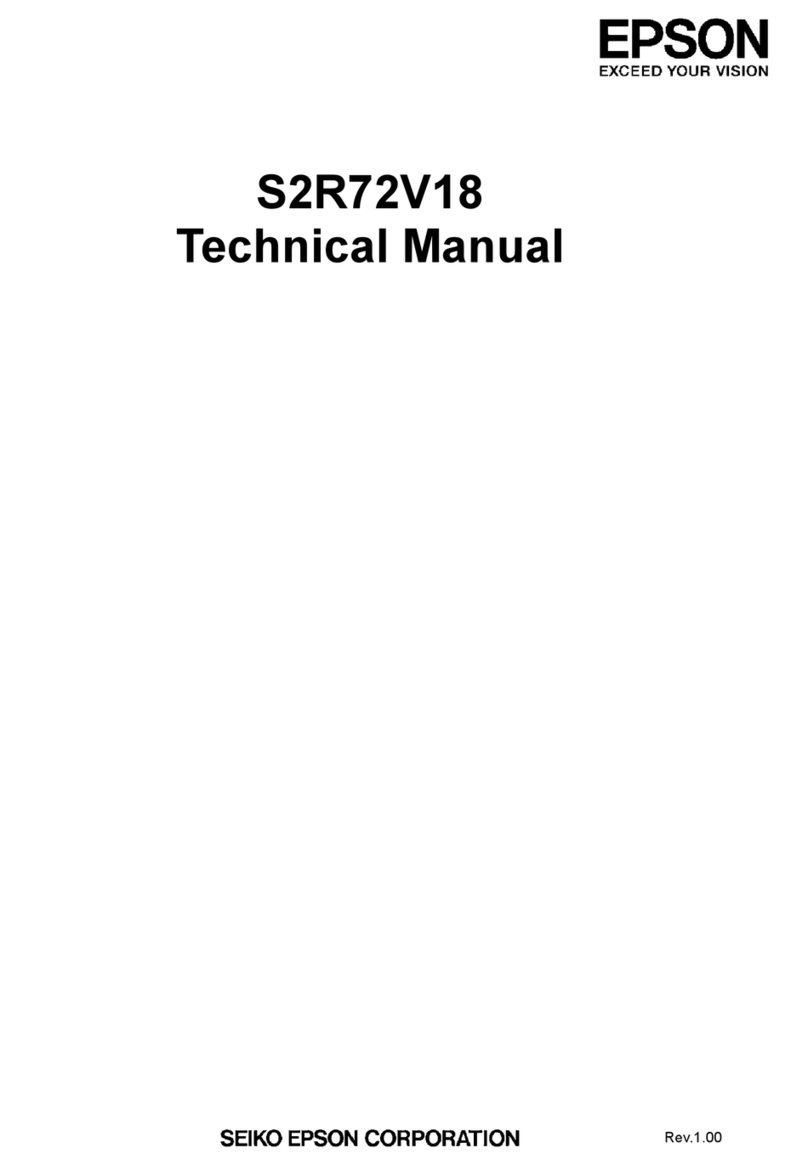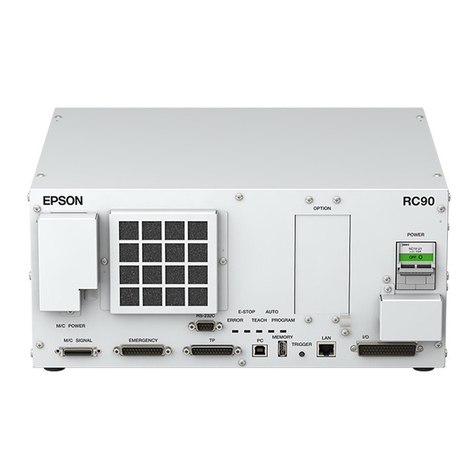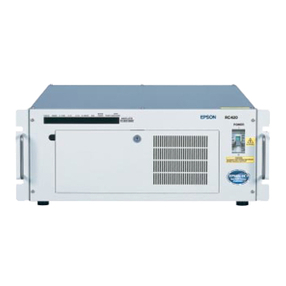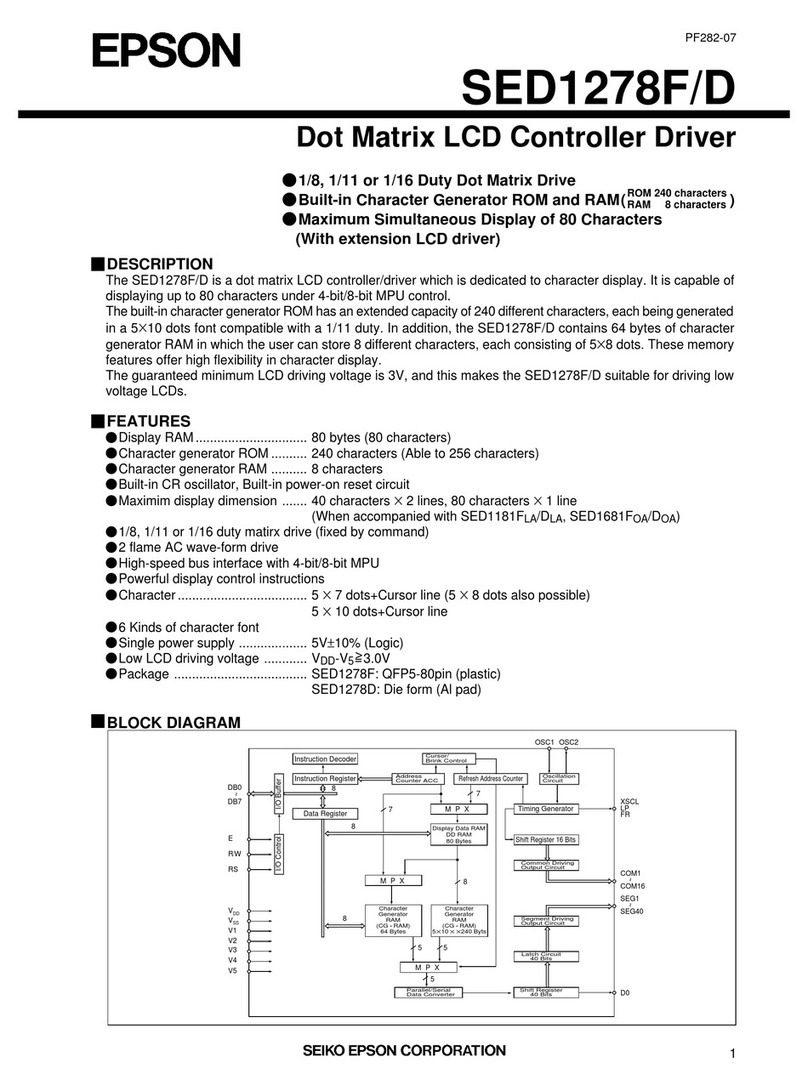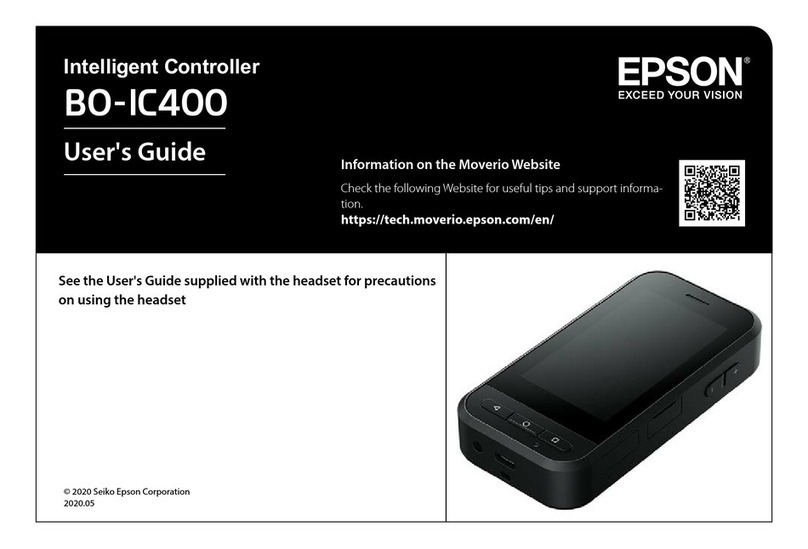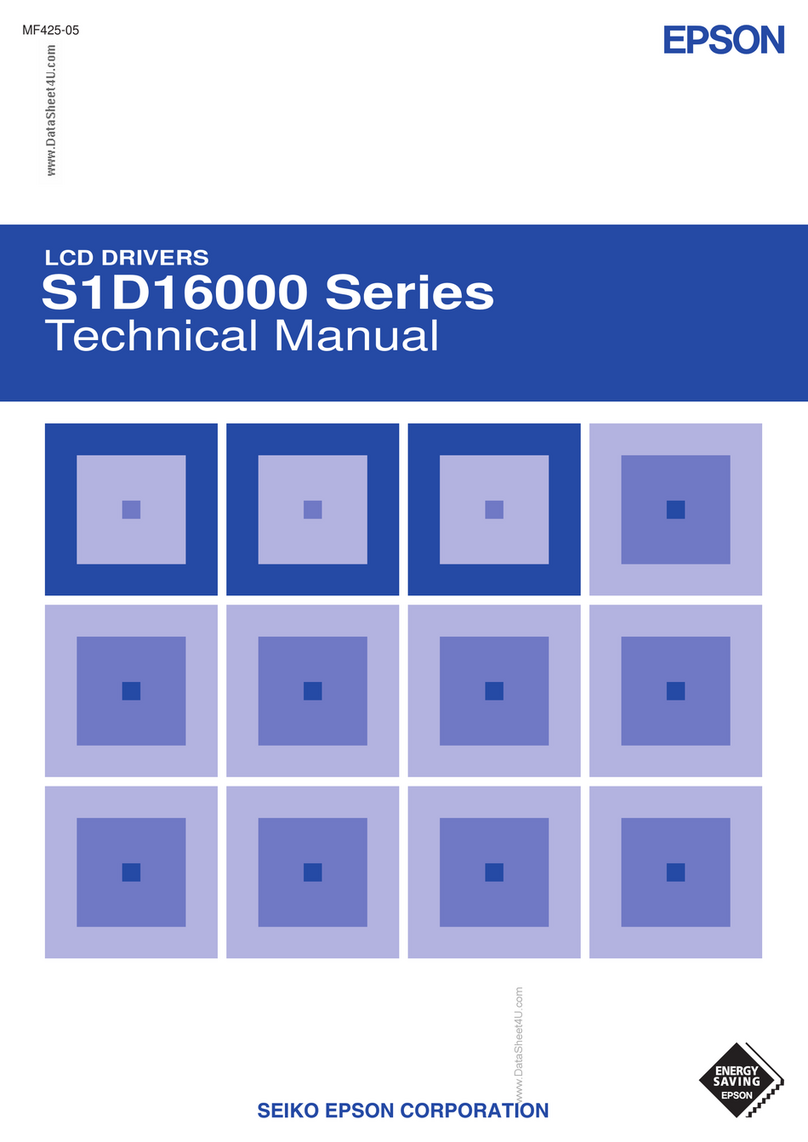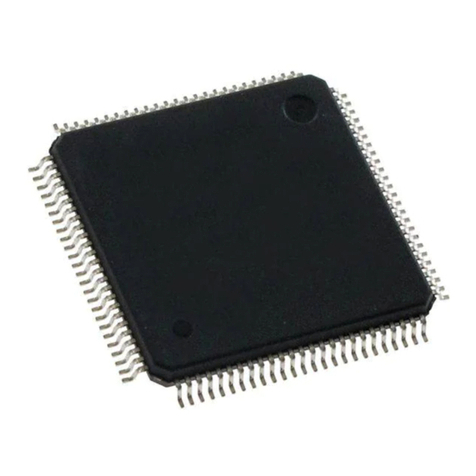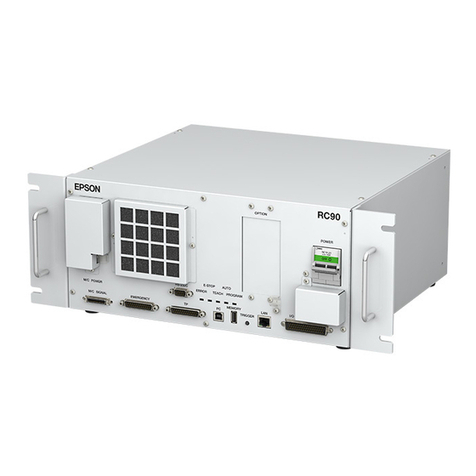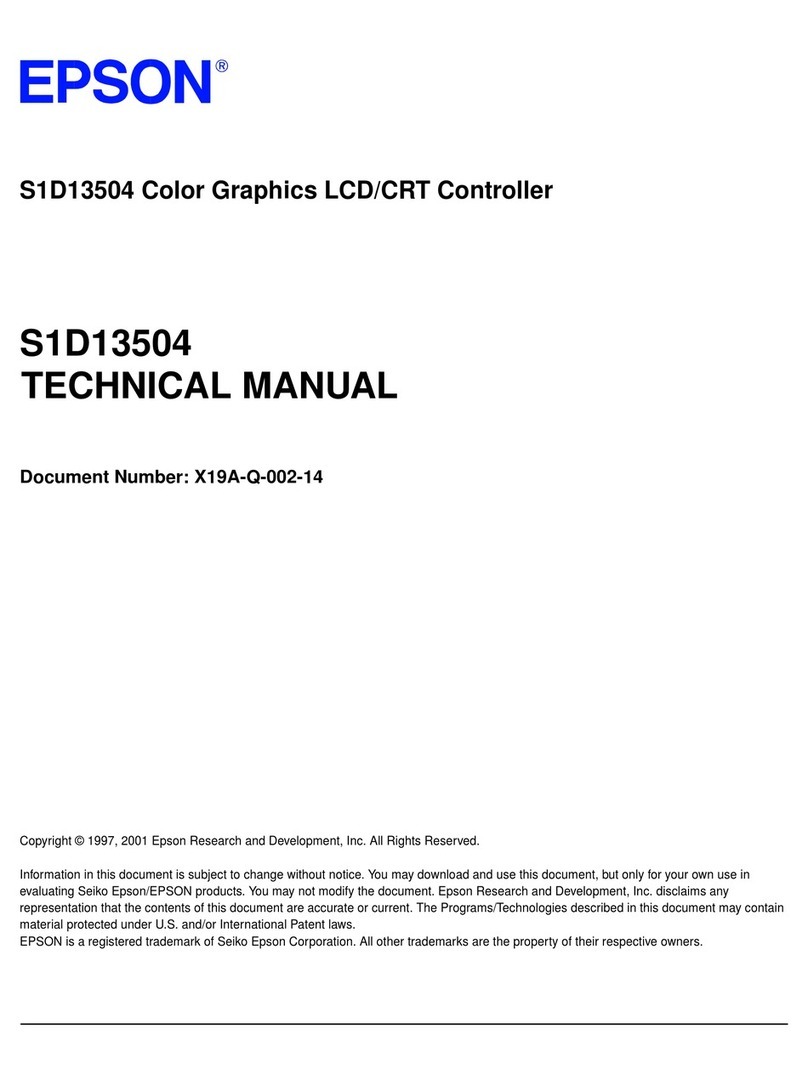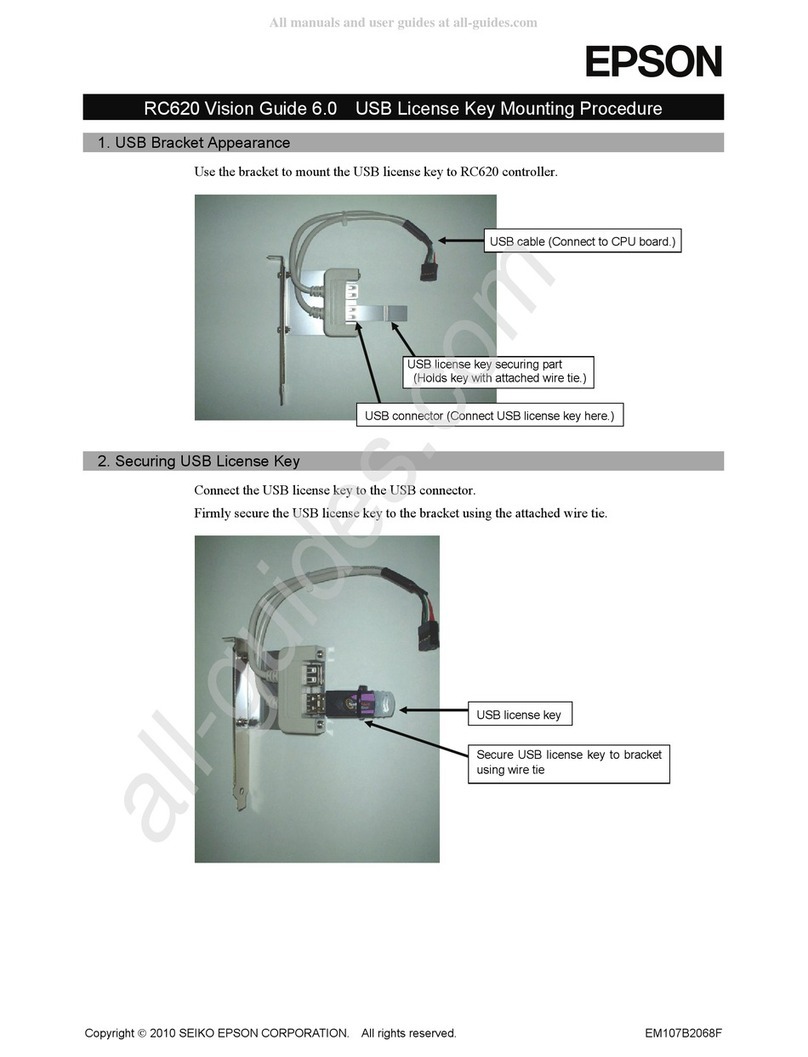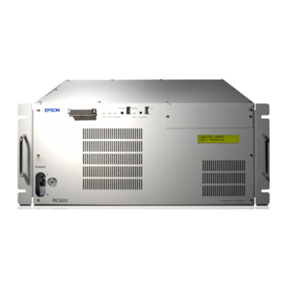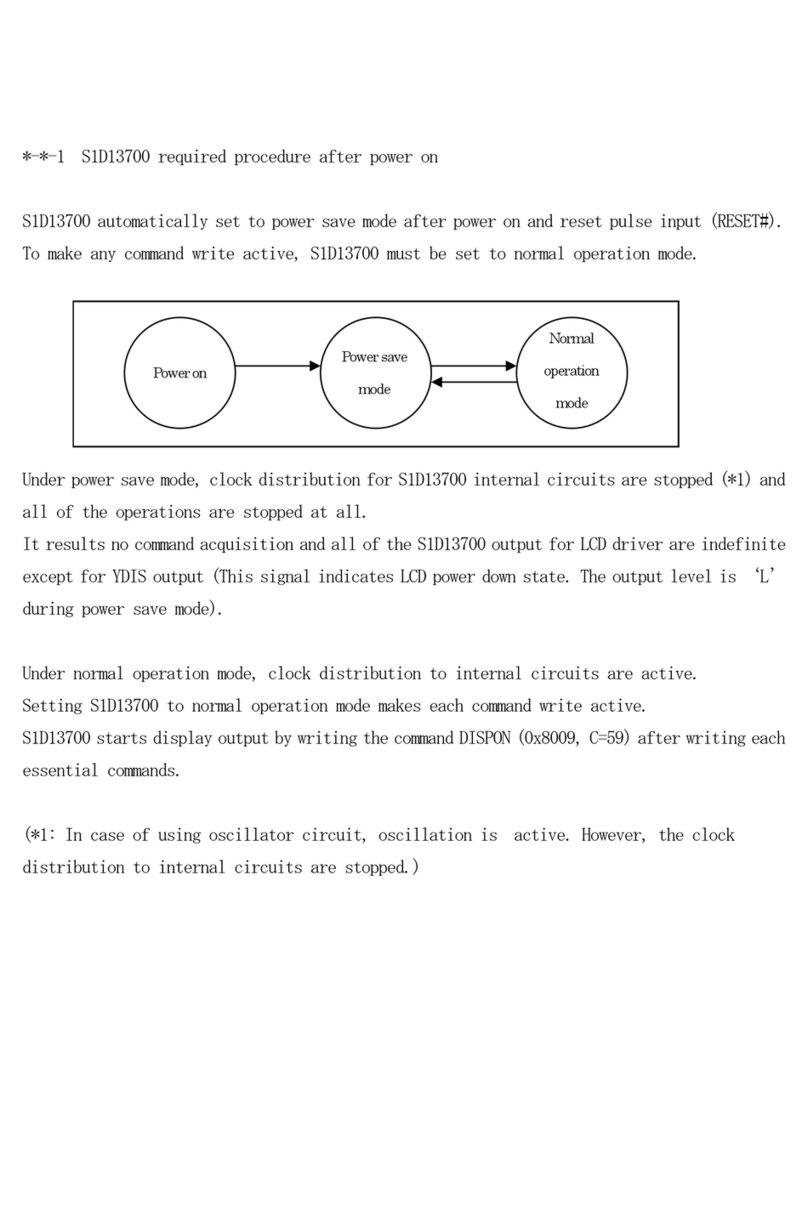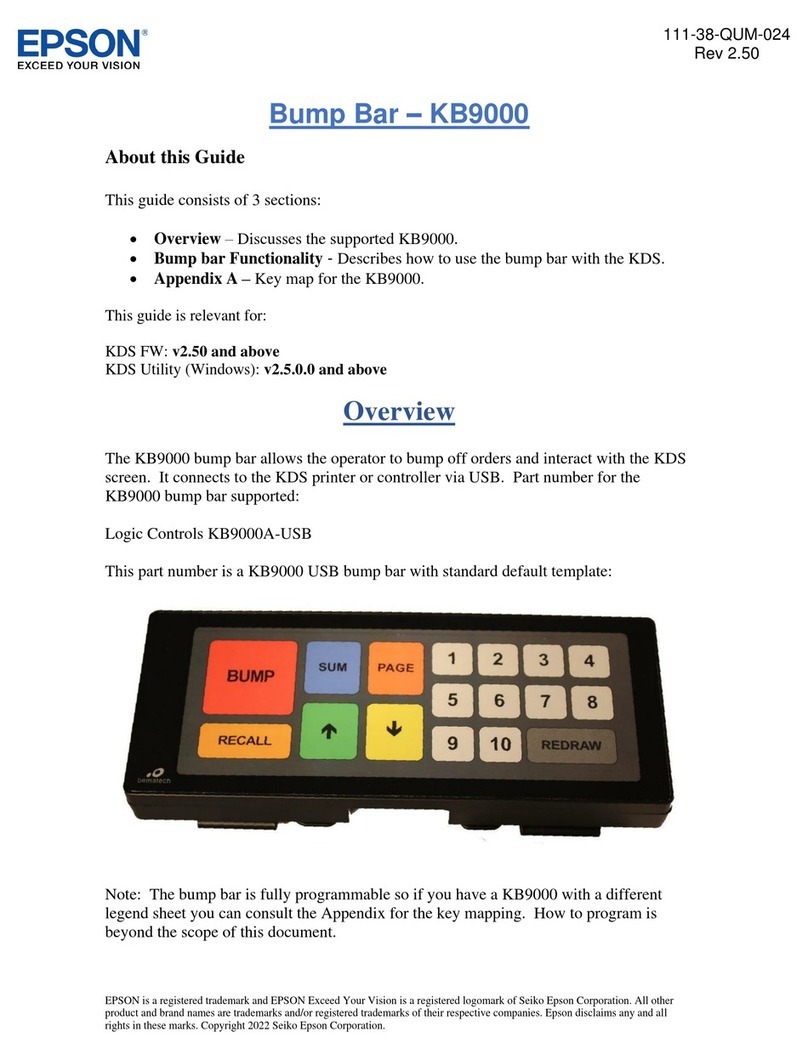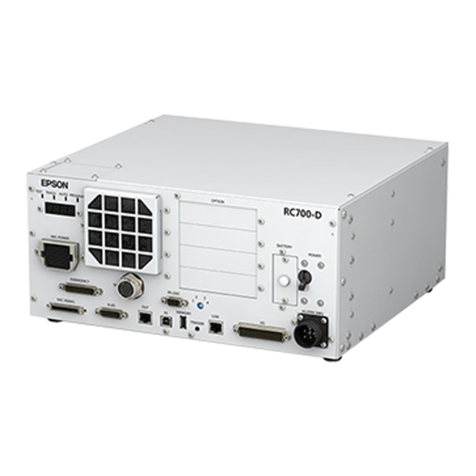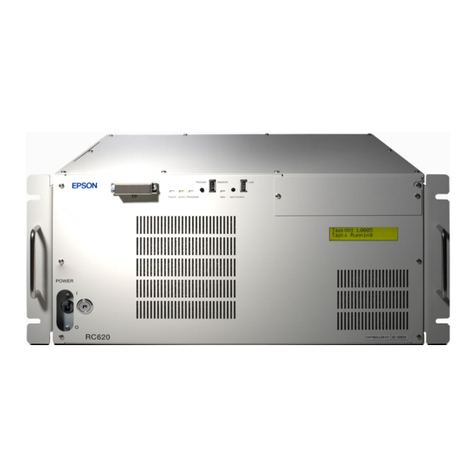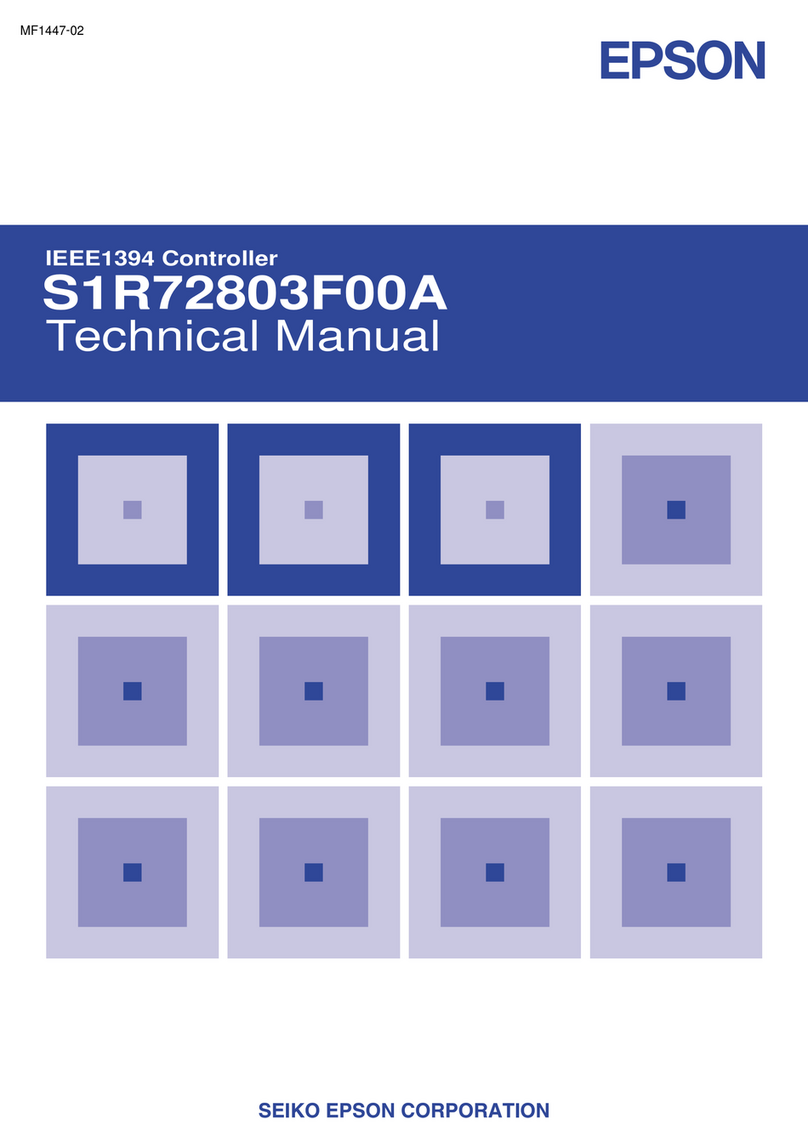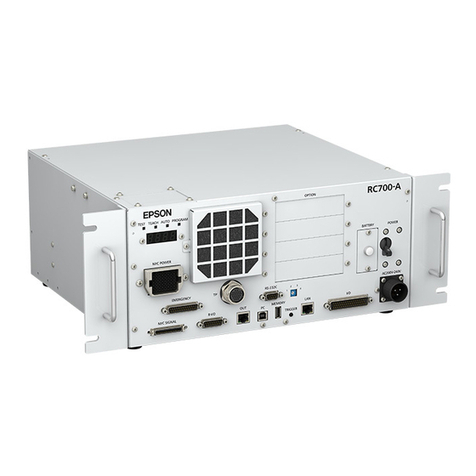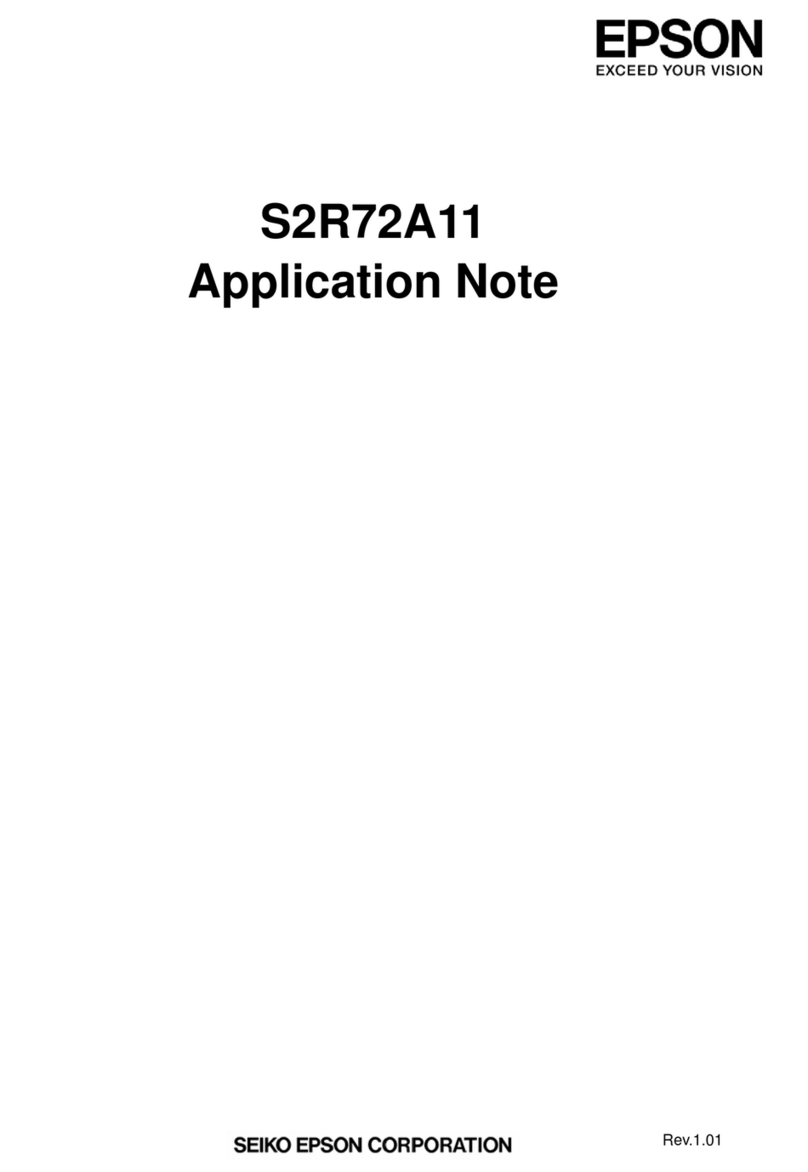
Table of Contents
RC700 / RC90 Option Fieldbus I/O Rev.12 vii
1. Introduction.............................................................1
1.1 Overview of Fieldbus I/O............................................................1
1.2 DeviceNet...................................................................................3
1.2.1 Overview of DeviceNet .....................................................3
1.2.2 Features of DeviceNet......................................................3
1.2.3 General Specifications......................................................5
1.3 PROFIBUS DP ...........................................................................6
1.3.1 Overview of PROFIBUS DP .............................................6
1.3.2 Features of PROFIBUS DP..............................................6
1.3.3 General Specifications......................................................7
1.4 EtherNet/IP.................................................................................8
1.4.1 Overview of EtherNet/IP ...................................................8
1.4.2 Features of EtherNet/IP....................................................8
1.4.3 General Specifications......................................................9
1.5 CC-Link.....................................................................................10
1.5.1 Overview of CC-Link.......................................................10
1.5.2 Features of CC-Link........................................................10
1.5.3 General Specifications....................................................11
1.6 PROFINET ...............................................................................12
1.6.1 Overview of PROFINET .................................................12
1.6.2 Features of PROFINET ..................................................12
1.6.3 PROFINET Communication ...........................................13
1.7 EtherCAT..................................................................................14
1.7.1 Overview of EtherCAT....................................................14
1.7.2 Features of EtherCAT.....................................................14
1.7.3 General Specifications....................................................15
2. Installation ............................................................16
2.1 DeviceNet.................................................................................16
2.1.1 How to Setup a DeviceNet Network...............................16
2.1.2 DeviceNet Network Construction ...................................17
2.1.3 DeviceNet Master Board Installation..............................25
2.1.4 DeviceNet Slave Board Installation ................................46
2.1.5 DeviceNet Slave Module Installation .............................52
2.2 PROFIBUS-DP.........................................................................57
2.2.1 How to Setup a PROFIBUS DP Network .......................57
2.2.2 PROFIBUS DP Network Construction............................57
2.2.3 PROFIBUS-DP Master Board Installation......................62
2.2.4 PROFIBUS-DP Slave Board Installation........................85
